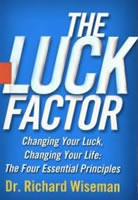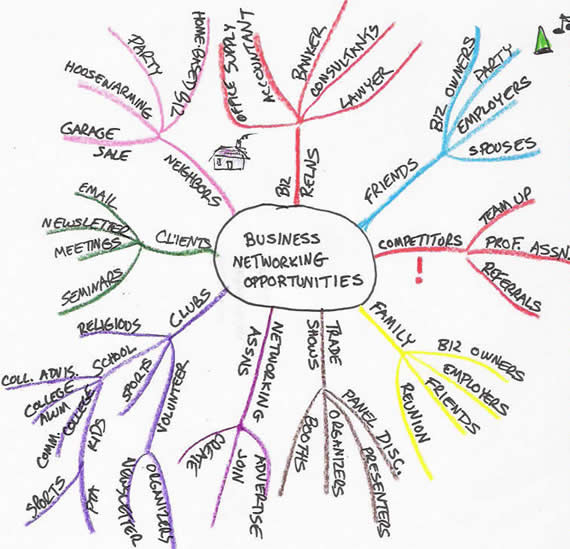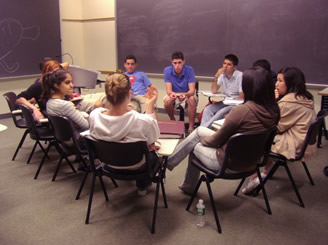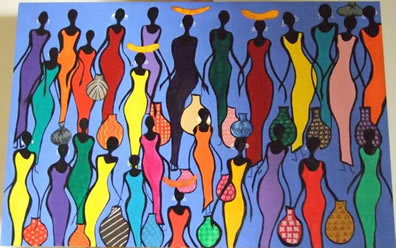
(Prerequisite: Marketing 101)
Have you dreaded going to a business event? While at the event, found yourself wishing that the event would end soon so you could go home? Once at home, you then wished you were more outgoing and could connect with people at the events?
First, determine your motivation(s) for going to the event:
- To be “seen”
- To meet new people
- To get information from others
- To share ideas with others
- To get known
- To sell others your product / services
Different goals require different approaches:
- To be “seen” – This is the easiest goal to achieve. Basically walk around, smile at people, and talk to people that you know or who approach you first. You’re passively attending the event.
- To meet new people – Here’s a secret: everyone who goes to networking events wants people to talk to them. Go up to people who are by themselves. Ask them about their business and non-business interests. Share something of interest about yourself. You’re trying to find people who you “connect” with. Smile. When you’ve met someone of interest, get their contact information and follow up.
- To get information from others – Think of the event as a big informational interview. Introduce yourself to the host, and tell them that you’re looking to talk to people who might have answers to your questions. The host’s introduction will smooth the opening, and the “experts” will be flattered to be sought out. Make sure to thank the experts after the event with an email or (even better) a hand-written note.
- To share ideas with others – This is basically the other side of the previous goal. When you first arrive, introduce yourself to the host. Tell them of your expertise and give them permission to introduce others to you. You’ll be helping the host provide a useful service (other than simply greeting) and also establish yourself.
- To get known – There’s an advertising axiom that says you need to see the same ad 7+ times before it’s in your consciousness. It’s also true at business events. While you only have one chance to make a first impression, consistent following-up with people will result in being recognized. To get known, you need to repeatedly show up to events. You don’t have to talk to the same people each time (simply being “seen” is often enough), but do make it a point to remember something about your last conversation with them. People like to be remembered. Follow up with people you’ve met (for the first time) with an email or note.
- To sell others your product / services – Many people go to events to find a new customer. Think back to all the events you’ve gone to. How many times have you talked with someone and thought “I need to buy that NOW”? Instead of hard-selling yourself, tell stories about people who’ve used your products or services. Highlight the benefits. Tell how you solve their problem. Offer to send them marketing materials. You might introduce yourself to the host, and ask them for an introduction to someone who might benefit from your product / service. A “warm” introduction is much better than a “cold” one.
Next month, I’ll share some networking tips. Until then, I’d suggest reviewing one of my previous articles for tips for talking about your product or services (“So, What Do You Do For a Living?“).

 (Prerequisite:
(Prerequisite: 


 Brainstorming is one of many creative problem solving techniques. While you can use any size group, we believe it works best when done in a facilitated group of 5-10 people. The more diverse the group the more diverse the input. The group members don’t need to be experts in your field. In fact, they don’t need to know anything about the problem topic at all!
Brainstorming is one of many creative problem solving techniques. While you can use any size group, we believe it works best when done in a facilitated group of 5-10 people. The more diverse the group the more diverse the input. The group members don’t need to be experts in your field. In fact, they don’t need to know anything about the problem topic at all!













